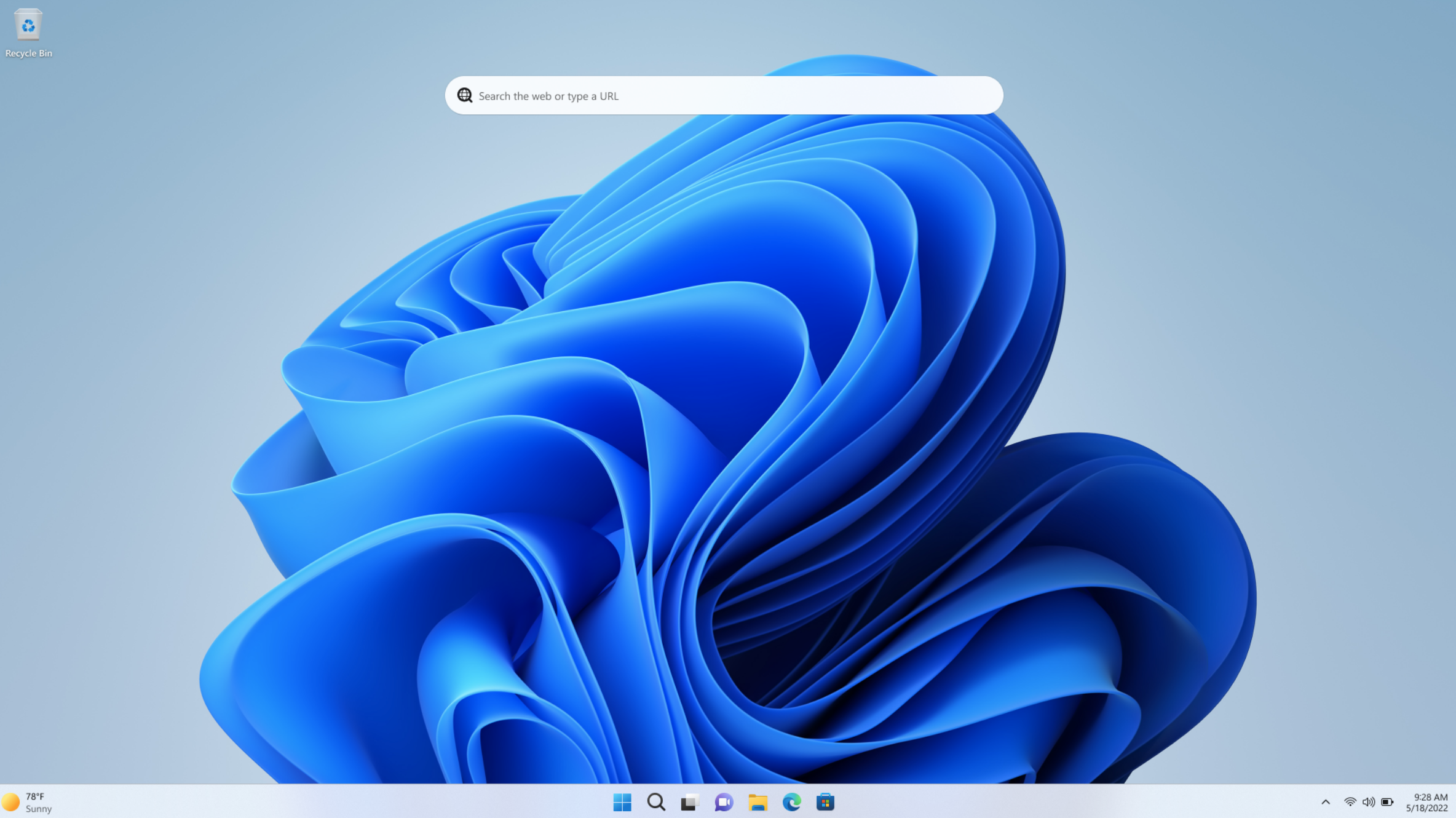Windows can finally make fatter FAT32 drives, up to 2TB in size

 Image: Microsoft
Image: MicrosoftYesterday, Microsoft sent out a new preview version of Windows 11 to Windows Insiders, and it holds an interesting change: the max size limit on FAT32 partitions is being bumped up to 2TB.
FAT32 is a type of file system used to store and manage data on drives. First developed as FAT (File Allocation Table) in 1977 for floppy disks, it was eventually extended to FAT12, then FAT16, then FAT32 by Microsoft in 1996 to support increasingly larger drive capacities. That means FAT32 has been around for almost 30 years.
Get Windows 11 Pro for cheap
Windows 11 Pro

For all that time, Microsoft has imposed an arbitrary capacity limit of 32GB on FAT32 drives, even though FAT32 can technically support a max size of 16TB. In fact, Windows is able to read larger FAT32 drives if they’ve been partitioned elsewhere, but Windows itself can’t format drives in FAT32 to sizes greater than 32GB. Because Microsoft.
With this Windows update — currently only available to Insiders on the Canary channel — the operating system is now able to format FAT32 drives up to a max capacity of 2TB. As of right now, this is only possible using the format command in the command line; if you use the drive formatting dialog box, the limit is apparently unchanged.
Note that while the max capacity for FAT32 drives is being increased to 2TB, the max size for any individual file on FAT32 is still 4GB.
Related: Here’s a free way to speed up your USB drives
Why was there a 32GB limit in the first place? Well, Microsoft developed their own file system called NTFS in 1993, and this one became the default file system in Windows OSes starting with Windows XP. So, even though Microsoft helped create FAT32 three years later, the limitation makes sense from a push-users-to-NTFS point of view.
These days, the vast majority of Windows users are using NTFS and there’s really no need to use FAT32 except for on flash drives and SD cards that are likely to be used with older devices.
Still, it’s nice to know that you can create modern-sized FAT32 drives now in Windows without having to rely on third-party software.
Further reading: FAT32 vs. exFAT vs. NTFS, explained
This article originally appeared on our sister publication PC för Alla and was translated and localized from Swedish.







